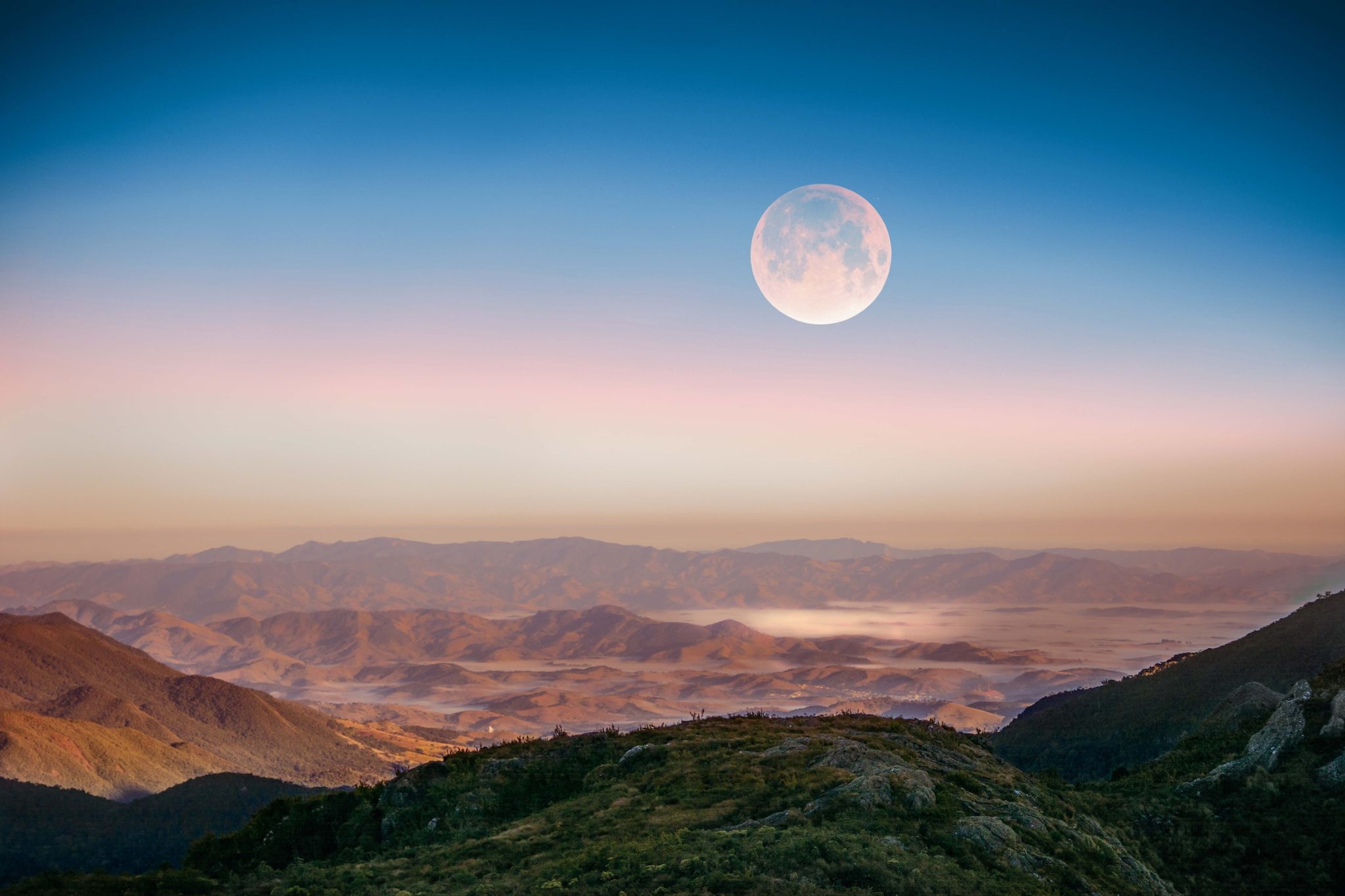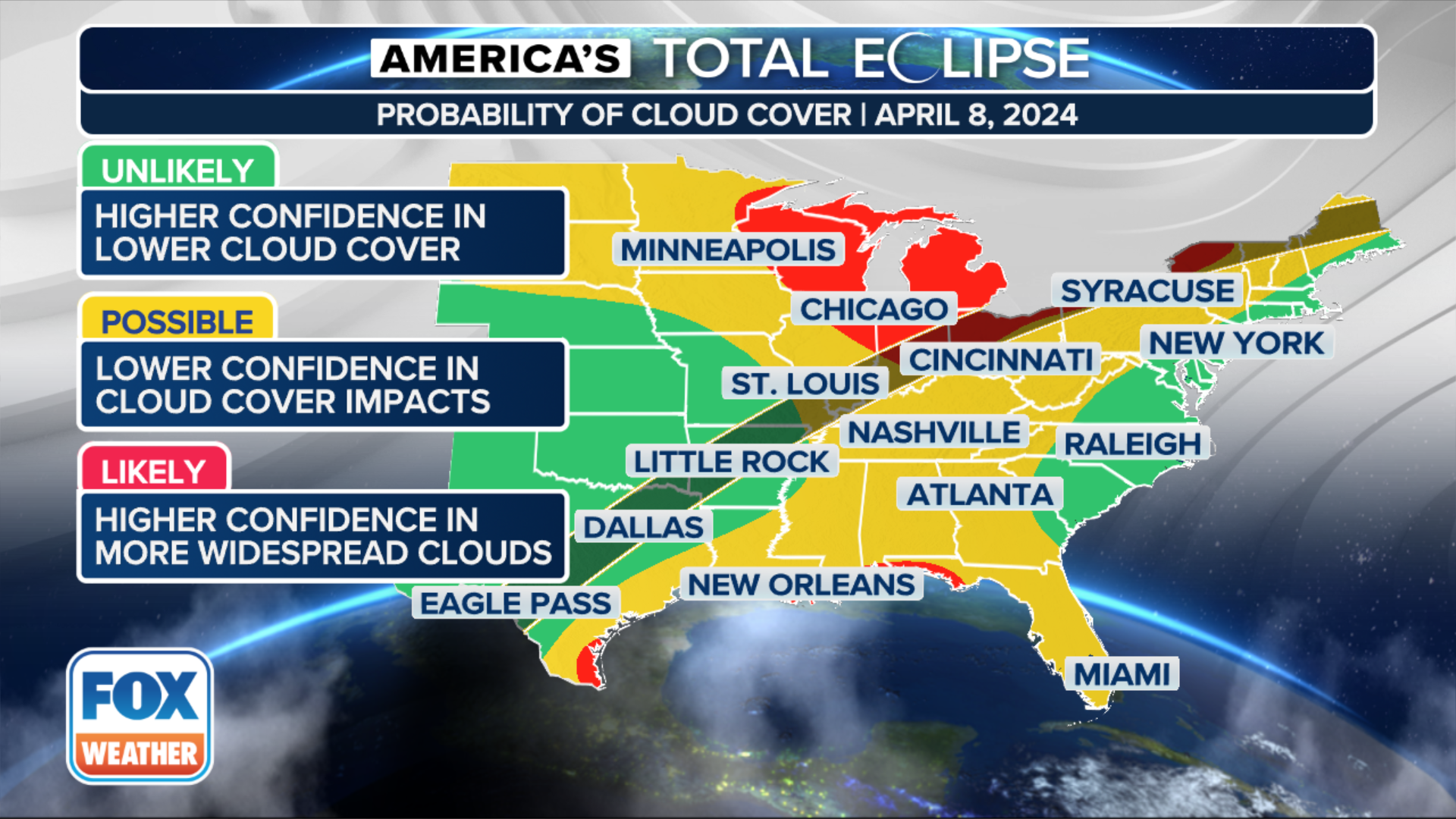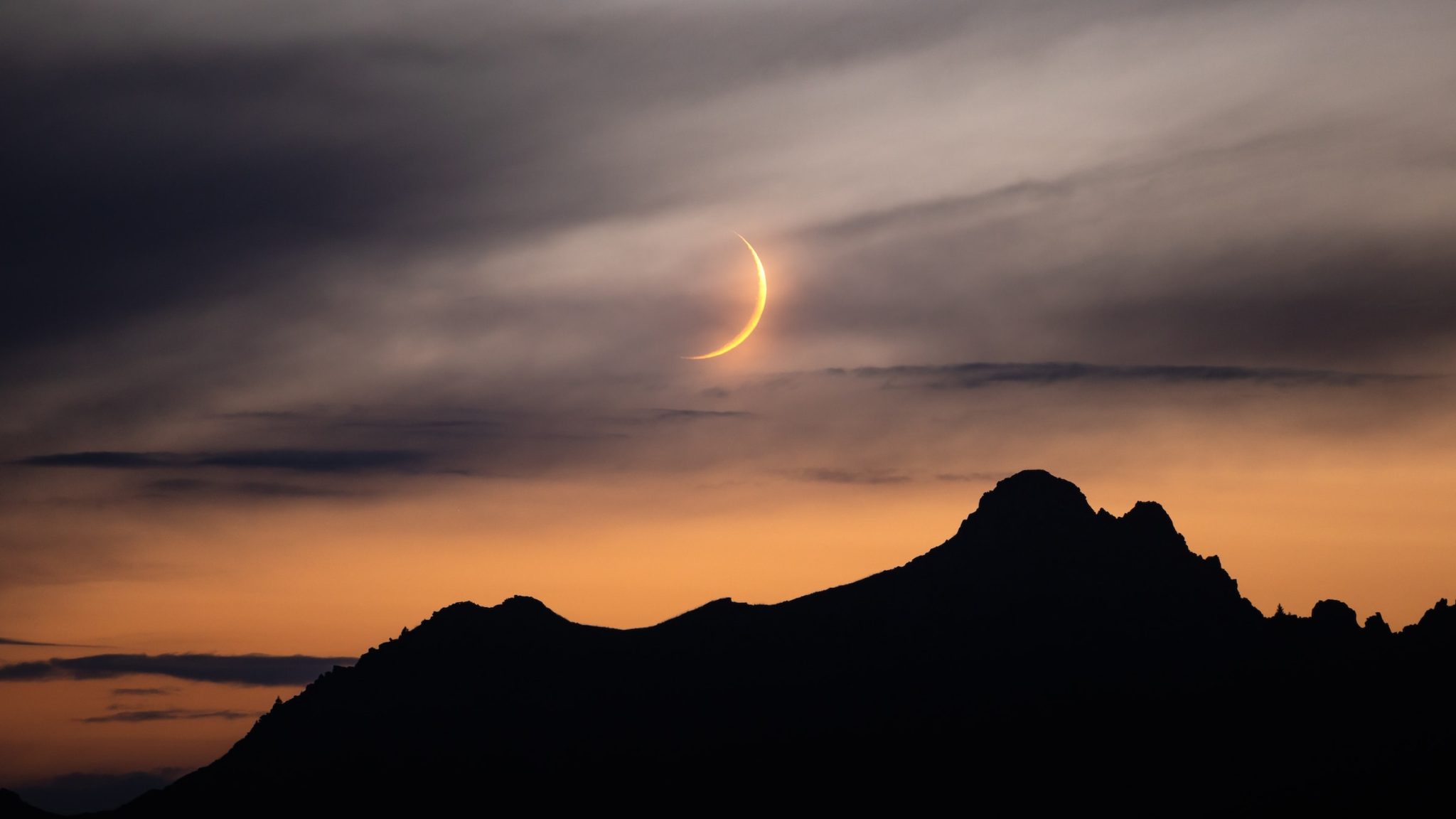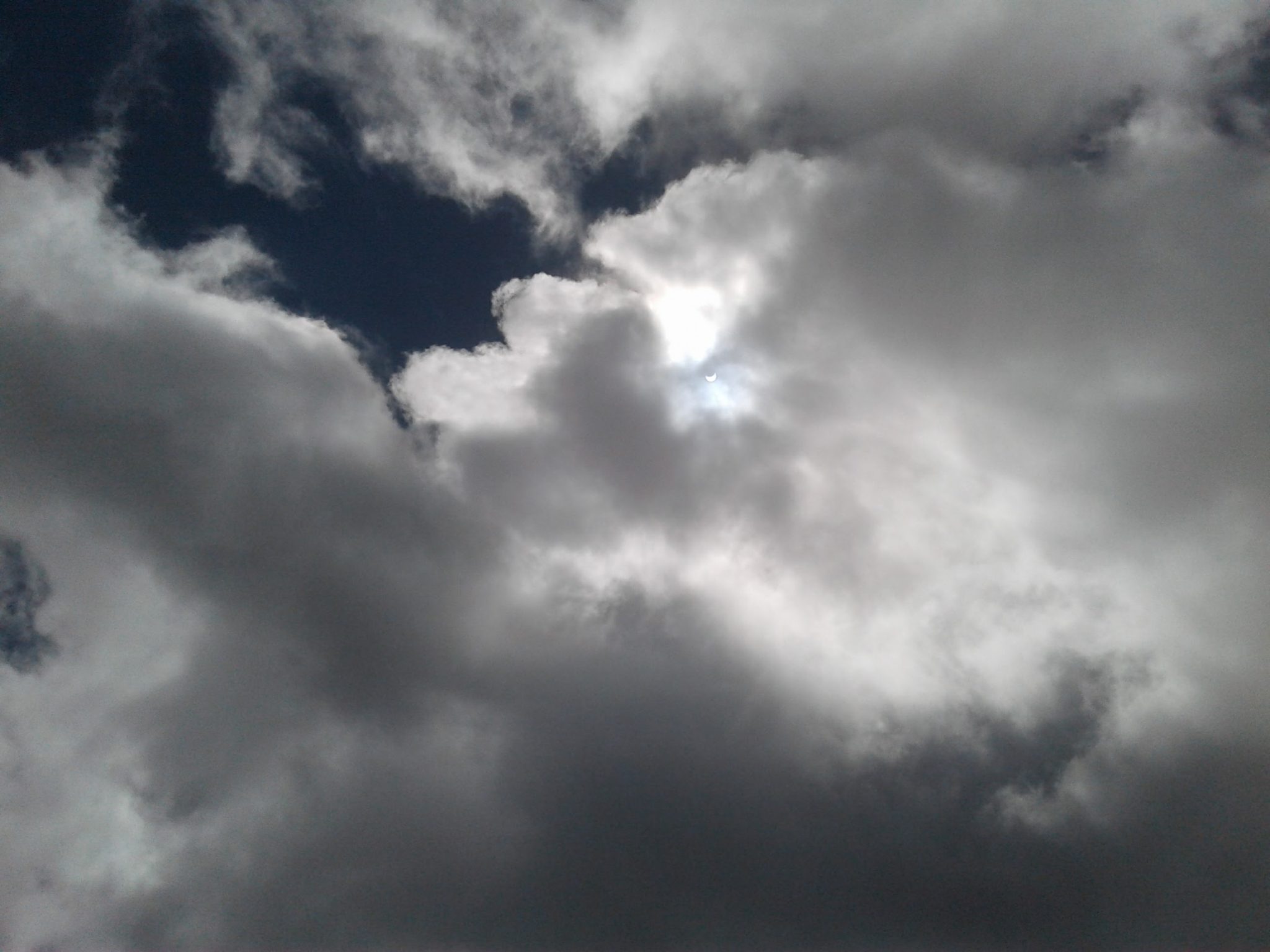Explore the wonders of solar eclipses with this detailed guide on how to view the Total Solar Eclipse on April 8, 2024. Whether an astronomy enthusiast or a curious observer, get equipped with prime viewing locations, essential knowledge, and safety tips for an unforgettable celestial experience.

This article is a continuation of having viewed and photographed several eclipses at this point, cumulating tips and experience to help others have better experiences than my first time.
A total solar eclipse occurs when the Moon moves directly between the Earth and the Sun, completely covering the Sun from view. This alignment happens only during a new moon, when the Sun and the Moon are in conjunction as seen from Earth.
The Moon’s apparent size in the sky is just enough to cover the Sun’s disk completely, casting a shadow on Earth and turning day into momentary night in the path of totality. During this brief period, observers in the path can see the Sun’s corona, its outer atmosphere, which is usually hidden by the bright light of the Sun’s surface. T
Total solar eclipses are rare at any given location because the path of totality is very narrow, and the event lasts for just a few minutes.
Table of Contents
The 2024 Total Solar Eclipse: A Celestial Spectacle on April 8
On April 8, 2024, the skies will darken midday as North America witnesses a celestial phenomenon of epic proportions: a total solar eclipse. This event, where the Moon positions itself directly between the Earth and the Sun, will captivate millions with its breathtaking beauty and rarity. Unlike partial eclipses, a total solar eclipse unveils the Sun’s corona, its outer atmosphere, in a stunning display of nature’s grandeur.
Weather Forcasting
Early forecasting for the total solar eclipse shows a higher probability of a mostly clear sky along parts of the path of totality in Texas, Oklahoma and Arkansas.

The Path of Totality
The path of totality, a narrow track across the Earth’s surface, will sweep across North America, from Mexico through the United States and into Canada. Observers situated within this path will experience the full glory of the total eclipse, as day turns into night for a brief, magical moment. Cities along this path are preparing for an influx of eclipse chasers, eager to witness the sun disappear behind the moon, revealing the dazzling corona.
The Significance of the 2024 Eclipse
The 2024 total solar eclipse holds particular significance due to its wide path of totality, allowing a larger swath of viewers across North America to experience total darkness. This event offers a unique opportunity for scientific observation and public engagement with astronomy. Educators and astronomers alike are gearing up to leverage this eclipse to foster a deeper appreciation for the wonders of the cosmos.
Preparing for the Eclipse
For those planning to witness this awe-inspiring event, preparation is key. Viewing a total solar eclipse requires proper eye protection to prevent serious damage. Special eclipse glasses or viewers are essential when looking at the sun before and after totality. Additionally, many organizations and cities along the path of totality are organizing viewing parties and educational events, providing a communal experience of this natural spectacle.
“The millions of people drawn to locations along the eclipse path taxed limited transportation facilities, and traffic congestion was intense in many locations,” Jonathan Upchurch, transportation engineering consultant, explained in Transportation Research News, IFLScience reported.
“Across the country, Interstate highways near the path of totality experienced traffic congestion shortly after the eclipse, with longer-than-normal travel times on Interstate highways. For example, travel from Casper, Wyoming, to Denver, Colorado—normally a 4-hour trip—took 10 hours or more,” Upchurch continued. “Traffic congestion on rural Interstate routes lasted for up to 13 hours after the eclipse.”
The Experience of Totality
The experience of totality is profound and unparalleled. As the moon completely covers the sun, daytime birds may quiet down, temperatures can drop, and stars may become visible in the sky. Observers report a profound sense of awe and connection with the universe during these fleeting moments of totality.

The Best Spots to View the Eclipse:
If you’re eager to experience the solar eclipse, Nasa has a great tool to locate some of the best spots out there to find incredibly scenic lotions to view the eclipse.
https://science.nasa.gov/eclipses/future-eclipses/eclipse-2024
You’ll also want to factor in weather conditions. With cloudy skies, your viewing will be obscured, as I experienced viewing this solar eclipse back in 2017 in Ruidoso, New Mexico.

View Solar Eclipses Safely
Regardless of where you’re viewing from, safety is paramount. Always use solar filters to protect your eyes. Even during the ‘ring of fire’, when over 90% of the sun is obscured, the remaining sunlight can be harmful.

When it comes to watching the Sun, especially during solar eclipses, there’s a specific standard called ISO 12312-2:2015. This standard is crucial because it sets the criteria for solar viewers, ensuring they protect your eyes from the Sun’s harmful rays.
The AAS Solar Eclipse Task Force strongly advises against using solar viewers that don’t meet the ISO 12312-2 standard. This is because non-compliant viewers might not provide adequate protection, risking eye injuries.
Safety options:
These paper and filter glasses are basic and easy if you just need a couple.
3 pack of colorful glasses with plastic frames
5 pack of plain black plastic glasses – some of the more durable options found.
Make sure the filters are not cracked or have pinholes when you go to use them. I purposefully keep a backup just in case.
These are the ONLY companies approved or endorsed by NASA. Do not buy from anywhere else to save a few dollars or you risk serious damage to your eyes.
- Alpine Astronomical
- American Paper Optics
- American Paperwear
- Astronomical League
- Baader Planetarium
- Bookishbunny
- Celestial Optical
- Celestron EclipSmart
- DayStar Filters
- Eclipse Texas
- Explore Scientific
- Flip’n Shades
- Halo Eclipse Spectacles
- Jaxy Optical Instruments
- PNJ Solar
- Rainbow Symphony
- Seymour Solar
- Solar Eclipse International (SEIC)
- Soluna
- Spectrum Telescope
- Thousand Oaks Optical
- Totality Over TX
- TSE 17
Solar filters for the camera or telescope:
Celestron – 70mm telescopes
K&F ND1000 for cameras
Solar kit for phones, both iPhone and Android
Different Types of Eclipses

Total Solar Eclipse: A total solar eclipse occurs when the moon completely covers the sun, as viewed from Earth. During a total solar eclipse, the day becomes night for a short period. This phenomenon is one of nature’s most awe-inspiring spectacles, creating an immersive multi-sensory experience. Observers within the path of totality will witness the sun’s outer atmosphere, known as the corona, shimmering in the sky.
Annular Solar Eclipse (“Ring of Fire”): An annular solar eclipse happens when the moon covers the sun’s center, leaving the sun’s visible outer edges to form a “ring of fire” or annulus around the moon. The term “annular” is derived from the Latin word “annulus,” which means “ring.” This type of eclipse occurs when the moon is too far away from the Earth to completely cover the sun. As a result, the sun appears as a very bright ring, or annulus, surrounding the dark disk of the moon.
Lunar Eclipse: A lunar eclipse takes place when the Earth passes between the sun and the moon, and the Earth’s shadow is cast onto the moon. This can result in a range of visual effects, from a slight darkening of the moon to a deep reddish hue, depending on the specific conditions of the eclipse.
Differences Between Annular and Total Solar Eclipses: While both the annular and total solar eclipses are categorized as central solar eclipses, their visual manifestations are distinct due to slight geometrical differences. In a total solar eclipse, the moon entirely obscures the sun, revealing the sun’s corona. In contrast, an annular eclipse showcases the sun as a bright ring surrounding the moon. The experience of witnessing a total solar eclipse is often described as profound and moving, while an annular eclipse is visually stunning but lacks the dramatic ambiance of totality.
Updates:
March 27 2024: Edited info for the April 8 2024 solar eclipse. Added weather forcasting. Removed references for the October 2023 solar eclipse.
- About the Author
- Latest Posts
I strive to paint vivid landscapes with my words, bringing the magic of far-off lands and enchanting aromas to life for my readers. Combine passion for exploration and the art of gastronomy in an unending ode to the senses. When I’m not traversing the globe, I find solace in the earth beneath my fingertips, tending to my garden and working on projects around my verdant oasis. MK Library serves as a beacon, guiding fellow travelers and homebodies alike to embrace sustainability, nurturing both our planet and our souls with purpose. Full Bio.

